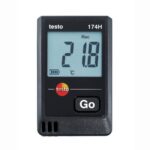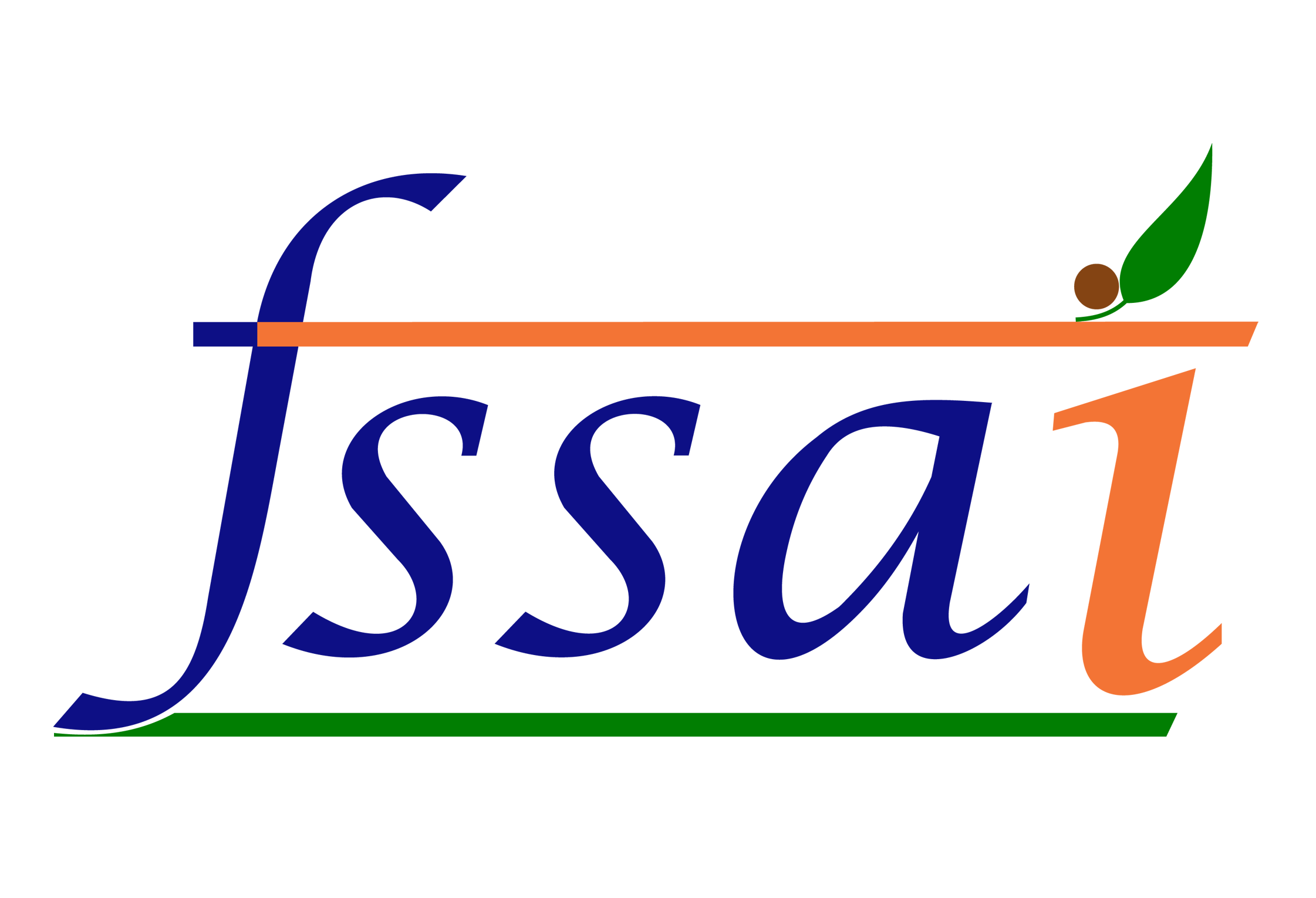Ordinarily, if we think about data, it is just facts or figures, or information stored on the computer. Whatever the kind of business, everybody wants to use data.
The main reason behind collecting data is to analyze it. It can include text, numbers, sound, pictures, videos, etc. The special thing about the data is that as per the requirement of business, it can be easily extracted. But the question is what data is and why it is so important for the business?
Data has the potential to supply a lot of value to businesses. Data analysis can help companies better understand their customers, to develop strategies and products. Ultimately, businesses can use data analytics to boost business performance and improve their bottom line.
What is Data?
Data comes from the Latin word which means “something given”. Data is defined as facts or figures, or information that is stored and used. Data is a plural word, and its singular form is Datum.
Before putting data in the computer, it is called raw data and when this raw data is given as an input in the computer, it is processed and is called processed data.
Processed data shall be processed in such a way that a decision or action can be taken appropriately based on it. Processed data shall be of good quality when we need data it shall be promptly available, correct, and complete.
What is Analysis?
An analysis is a process of breaking down a complex topic or substance into smaller parts to get a better understanding of its nature.
The most important thing to do before starting to ride an assessment is to make sure you understand what the task requires.
An analysis involves no. of steps:
- Break the topic into its various parts,
- Show the relationship between them,
- How they relate to the conclusion and
- What action should we take?
An analysis is not a summary as a summary is the statement of main ideas. But analysis may summarize these ideas and examine the relationship between ideas.
What is data analysis?
Data analysis is the process of collecting, modeling, and analyzing data to extract insights that help in decision-making. It aids in understanding the current state of the business or process and provides a solid foundation to predict future outcomes.
Before you model the steps to arrive at a solution, it is important to analyze the data. If you skip this step, then you might end up generating inaccurate models and choosing the insignificant variables in the model. It is the most exciting step as it helps you to build familiarity with the data and extract useful insights.
As quoted by John Tukey (American mathematician and developer of Fast Fourier Transform and box plot) “The greatest value of a picture is when it forces us to notice what we never expected to see.”
For Example: Suppose you want to open a restaurant in a prime location, and you want to decide on the menu at the preferred time during the day. For this you can conduct a survey or gather the data:
Survey questions includes:
1. How much does he/she spend on one visit?
2. How many times does he/she visit a restaurant in a month?
3. What is their preferred cuisine: (Chinese/ Mexican/ Indian/ others).
4. When do they go to restaurants? (Time- 09:00-11:00 AM, 12:00-14:00 PM, 15:00-17:00 PM, 18:00-20:00 PM, 21:00-23:00 PM)
After that, collect the response for the maximum residents because a large database gives high precision to the results. Suppose you collected the data of just 10 people.
You start exploring the data to understand what you can do with it. But exploring large data can be tiring and difficult.
Are there any tools or techniques to explore data in a meaningful way? Yes, It’s there.
- Descriptive statistics– The descriptive analysis technique is one of the basic methods used to analyze data. It can be used to calculate mean, variance, standard deviation, range, etc. These parameters are simple but can uncover various valuable aspects of the data.
For example, in the above-mentioned example, you can calculate the average amount people spend per visit is equal to Rs 520.
Average amounts spend per month is Rs 3330
Suppose in the city around 20,00 people are there then you will be able to calculate market size as well,
Market size= 520*2000 people = Rs 1.4 Lakh
2. Visualization method:
In this method, data is converted to a visual form that is simpler to understand. Descriptive statistics turn the data into something more understandable than raw data, but data visualization goes further than that and creates a visual which quickly tells a story.
Here in this example, the histogram is used. By this technique, you can understand the preferred cuisine by using graphs. As a graph, it can be easily visualized that most people have chosen Chinese cuisine. So, to decide on it, you can include more dishes in Chinese cuisine. You can plot a histogram of the frequency distribution of the graph of the time during the day when people preferred to go to a restaurant.
With this analysis, you know which cuisine and which time during the day you should be focusing on.
There are different forms of data visualization. Few of them which are commonly used are described below:
- Bar charts– The bar charts are used to show the comparisons between different variables. It is extremely easy and convenient to visualize the parameters in a pictorial form.
- Histograms– A histogram is like a bar chart. This chart is a combination of a line chart and a vertical bar chart. The data here is displayed with the help of equally sized rectangles. A histogram is used to display the distribution of information or data over a continuous time.
- Line graphs– A line graph is a graph that is used to display change over time as a series of data points connected by straight line segments on two axes.
- Scatter plots– A scatter chart works best when comparing large numbers of data points without regard to time. This is a powerful type of chart and good when you are trying to show the relationship between two variables (x and y axis), for example, a person’s weight and height. A good example of this can be seen below.
- Spider charts– The distinctive feature of a spider chart is the general comparison of all metrics when people need to decide. You can judge the cover area and sharp points on the metric lines to have an overall understanding of the pros and cons of those items you want to make.
Why is it important:
- Better targeting– Using data analysis, you can decide what forms of advertising reach your customers effectively and make an impact that will make them buy your products.
- Knowing your target customers– Once you understand what products are suitable for what clients, you can find the areas that you are going to focus on and for which customers. When you have enough information on these vital things, you can direct your business to produce or distribute certain goods or services to potential customers.
- innovations– Data analyses also give you an idea of the future trends in consumer behavior that will enable you to make futuristic inventions for your products. This way, you can produce products and create services that put you on top of your industry.
- Better control and processing. The data analyzed can be used to detect a malfunction in the business system and the technical systems that show any problem in the quality and quantity of production.
- Cost management – With a good data analysis system, you can figure out the sectors of your business that are using unnecessary finances and the areas that need more financing. Through this, you will have a clear idea of where you should cut costs and reduce operational and production costs.
Applications of data analysis:
Applications of data are very vast and diversified. Each company and institution have a set of data to be kept that they have earned, collected, and kept over a period. Let’s discuss a few important fields where data analytics can be applied.
- Business— Every problem that arises in a business can cause a major halt in the operation of the business which may cause loss. Data analysis aids the organization to make an informed decision on the running of the business and supplies information that could help the business to avoid any occurrence of loss.
- Logistics and delivery– best shipping routes and approximate delivery times can be figured out based on previous data.
- Manufacturing– Data analytics helps the manufacturing industries keep their overall work through certain tools like prediction analysis, regression analysis, budgeting, etc. The tools and techniques can figure out the number of products needed to be manufactured according to the data collected and analyzed from the demand samples.
- Energy and utility-Utility companies can use data analytics to show energy consumption and energy saving to manage power outages, figure out peak times, and set energy pricing.
- Healthcare– Applications of data analytics in healthcare can be used to channel enormous measures of information to discover treatment choices or answers for various illnesses. Healthcare can use data analytics to address the hospitalization risk for patients suffering from chronic health problems. Health workers can filter details like symptoms, medication, number of ER visits, and trends. This way, healthcare facilities can deliver correct preventative care and reduce patient readmissions.
- Fraud and risk detection– Fraud can take place in many forms, and it affects all kinds of industries. The main thing that we must do is to know the reason behind the fraud. Data analytics can help you know the reason behind frequent frauds at your workplace and how to deal with it in the right manner.
There is no activity that data analysis does better than checking the performance of your products or business in the market. Data analysis will help you to overall improve productivity and also give you a better picture of your business to run a smooth and effectively managed business. To get data, you can create a survey, monitor your systems and process or you can get it from secondary sources which can help you to make decisions.
Data analysis is an interactive process. It helps you to get closer to the solution. Data analysis makes every action precise and straight to the point for any business and adds value to the process or product.
It supports expanding the general occupation productivity. Improving productivity also increases the overall profitability of the company as well as reduces the number of errors and uncertainty. Whenever used correctly, data analytics can achieve a significant positive effect on our public and the world everywhere and increase the efficiency of specific areas.
You can share your feedback about the article to feedback@foodsafetyworks.in








